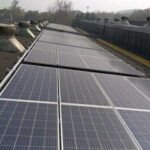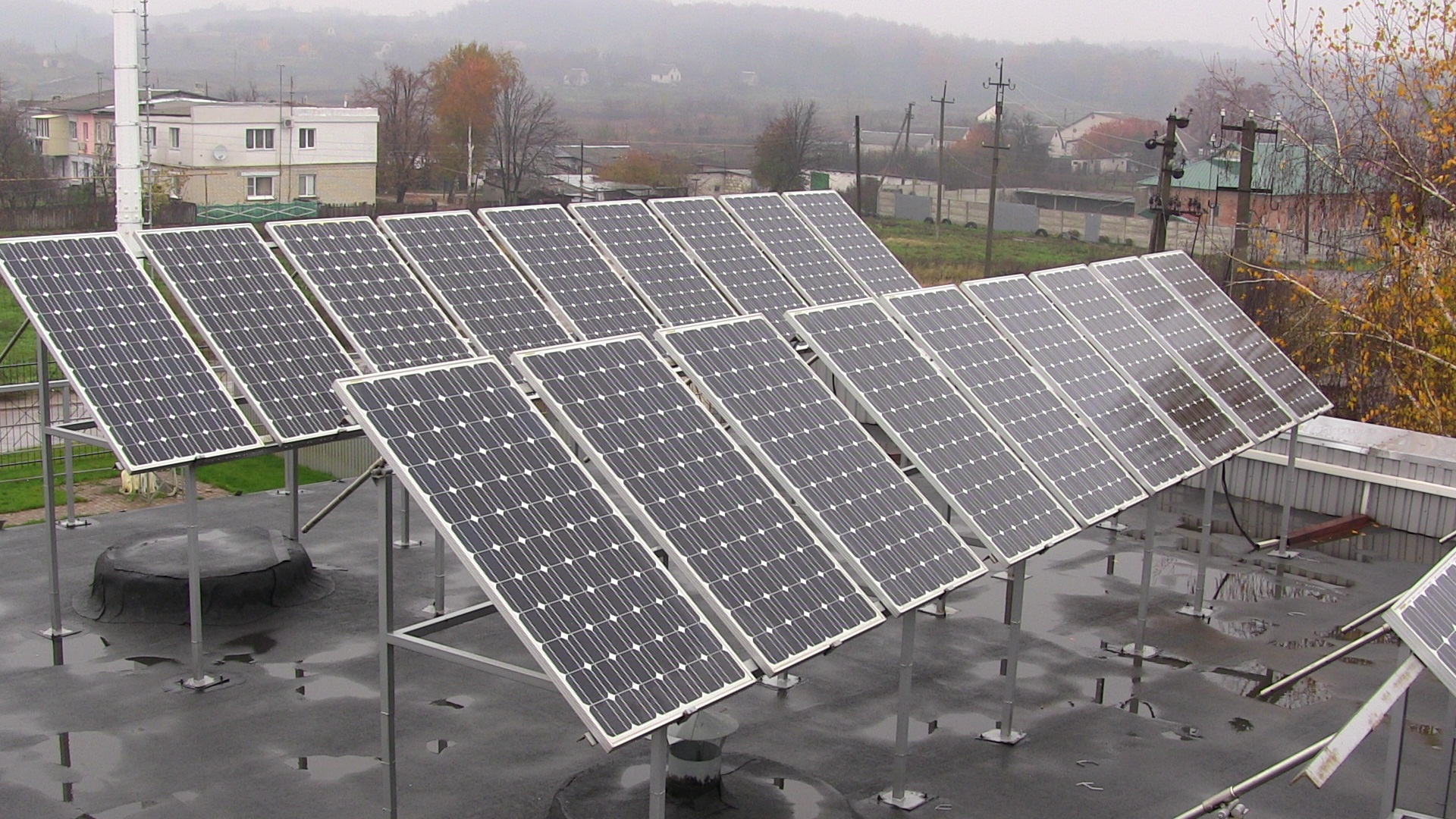UPNEDA Solar Subsidy 2025: How to Maximize Savings on Rooftop Solar
UPNEDA Solar Subsidy 2025: How to Maximize Savings on Rooftop Solar
Switching to solar power has always been considered a smart move for households. But in a state like Uttar Pradesh, where the demand for electricity is growing rapidly, solar is not just smart, it’s becoming a necessity. To make solar more affordable and appealing, the Uttar Pradesh New & Renewable Energy Development Agency (UPNEDA) is providing state-level subsidies on top of the Central Government subsidy.
This dual support significantly reduces the upfront cost of rooftop solar installations. Instead of spending lakhs at once, families can now cut down their investment by almost half. That means faster savings, shorter payback periods, and cleaner energy at home.
In this blog, we’ll break down what the UPNEDA subsidy is, how much you can save per kW, who can apply, and how you can make the most of it. If you are planning to install solar in UP in 2025, this is your complete guide.
What is UPNEDA Subsidy?
UPNEDA is the state body that looks after renewable energy programs in Uttar Pradesh. Its main goal is to encourage the use of clean energy and reduce dependence on coal-based power. To achieve this, it provides financial support in the form of subsidies to homeowners who install rooftop solar.
The subsidy works in coordination with the PM Surya Ghar: Muft Bijli Yojana, which is the central government’s scheme. So, a consumer in UP actually enjoys double benefits — one from the Centre and one from the State.
This makes solar more attractive than ever before. For example, a 3 kW rooftop solar system, which normally costs about ₹1.8 lakh, will cost you only about ₹70,000–₹80,000 after subsidies. That’s a massive cut, making solar accessible for middle-class families too.
Central + State Subsidy for Solar in UP (2025)
Here’s a detailed breakdown of how the subsidies combine:
System Capacity (kW) | Central Govt. Subsidy (₹) | UPNEDA State Subsidy (₹) | Total Subsidy (₹) | Effective Subsidy per kW (₹) |
1 kW | ₹30,000 | ₹15,000 | ₹45,000 | ₹45,000 per kW |
2kW | ₹60,000 | ₹25,000 | ₹85,000 | ₹42,500 per kW |
3kW | ₹78,000 | ₹30,000 | ₹1,08,000 | ₹36,000 per kW |
4kW | ₹78,000 | ₹40,000 | ₹1,18,000 | ₹29,500 per kW |
5kW | ₹78,000 | ₹50,000 | ₹1,28,000 | ₹25,600 per kW |
Above 5 kW (up to 10 kW) | ₹78,000 (fixed) | ₹50,000 (capped) | ₹1,28,000 | Varies, reduces per kW |
The subsidy is most rewarding for 1-3 kW systems, which are common for households. Larger systems (above 5 kW) get capped subsidies, so the benefit per kW reduces.
Why UPNEDA Subsidy is a Game-Changer
The UPNEDA subsidy is not just about cost reduction. It’s about changing how people think about electricity. Let’s look at why this is a big deal:
1. Lower Upfront Costs
Solar used to feel like a big investment, out of reach for many. With UPNEDA + central subsidy, families save up to 60% on installation costs.
2. Faster Payback
Normally, it takes 6-7 years to recover your investment in solar. With a subsidy, the payback period comes down to just 2-4 years, depending on usage.
3. Monthly Savings
Even a small 3 kW system can save ₹3,500-₹4,000 per month in electricity bills. That’s about ₹40,000-₹50,000 saved annually.
4. Green Future
More rooftop solar means less pollution, less coal burning, and cleaner air for Uttar Pradesh.
Eligibility for UPNEDA Solar Subsidy
Not everyone can apply for this subsidy. To make sure it goes to the right consumers, there are some rules:
- The applicant must be a resident of Uttar Pradesh.
- The solar system should be installed by an empanelled vendor approved by MNRE/UPNEDA.
- Only residential rooftop systems are eligible (C&I users are not included).
- The system must be grid-connected with net metering.
- A household can apply for only one subsidy per home.
This ensures that subsidies are used fairly and encourages genuine adoption of solar among households.
Example: Cost Breakdown for a 3 kW System in UP
Let’s look at an actual example to understand better:
- Gross cost of 3 kW system = ₹1,80,000
- Central subsidy = ₹78,000
- UPNEDA subsidy = ₹30,000
- Total subsidy = ₹1,08,000
- Net cost to consumer = ₹72,000
Now, this 3 kW system can generate around 360-400 units of electricity per month. At an average tariff of ₹9 per unit, that’s about ₹3,200-₹3,600 savings every month.
This means in just 2 years, you recover your investment. After that, the electricity you generate is practically free for the next 20+ years!
Why Now is the Best Time to Go Solar in UP
Many consumers delay going solar, thinking prices will drop further. But the truth is, with subsidies like UPNEDA, the prices are already at their lowest point.
- Subsidy schemes are time-bound and may not be available forever.
- Electricity bills are only rising year after year.
- Payback periods are already very short with current subsidies.
That’s why 2025 is the best time for UP households to make the switch.
Switch to Solar with Smart Roof Solar
The UPNEDA subsidy, combined with the Central subsidy, has made rooftop solar highly affordable for families across Uttar Pradesh. From lower upfront costs to faster payback, the benefits are massive. A system that once seemed out of budget can now be installed at a fraction of the cost.
At Smart Roof Solar, we make this process even easier by guiding you through:
- Choosing the right solar system size.
- Handling vendor coordination.
- Ensuring your subsidy application is approved without delays.
- Providing complete installation and after-sales support.
FAQs
Q1. Can industries or commercial buildings apply for UPNEDA subsidy?
Ans: No, it is strictly for residential consumers.
Q2. How much subsidy can I get on a 5 kW rooftop system?
Ans: Up to ₹1.28 lakh.
Q3. How is the subsidy credited?
Ans: Directly into your bank account after inspection and approval.
Q4. Can I apply without a vendor?
Ans: No, only empanelled vendors under MNRE/UPNEDA are allowed.
Q5. Is there a maximum limit for the subsidy?
Ans: Yes, up to 10 kW per household.
Suggested Articles

Delhi Jal Board Solar Project: A Step Towards Sustainable Energy
Delhi Jal Board has embraced solar power, becoming a leader in renewable energy adoption. This initiative highlights the benefits of solar energy, including cost savings, sustainability, and promoting clean energy practices in institutional operations.

Are Colleges and Schools ready to take up Solar challenge?
Adopting solar energy can help schools and colleges reduce electricity costs and promote sustainability. This guide explores how educational institutions can implement rooftop solar projects, the benefits, and what steps are needed to take on the solar challenge effectively.

Benefits of Solar Energy: Why Switching to Solar Makes Sense
Switching to solar energy offers numerous benefits, from lowering electricity bills to reducing your carbon footprint. This guide explores how solar power supports sustainable living, provides cost savings, and creates a cleaner environment for homes, businesses, and industries. Learn why adopting solar energy is not just smart, but essential for a greener future.

Yes, I Have Installed an Optimized Solar PV Rooftop System at My Premises
A solar power generating system converts sunlight into electricity for residential, industrial, and commercial use. This blog explains the components, working, and benefits of solar systems, helping you understand how to harness solar energy efficiently and sustainably.

India’s Solar Capacity Growth Slows Down in Q1 2023
India’s solar capacity growth slowed in Q1 2023. Explore the factors behind the slowdown and its impact on the country’s renewable energy progress.

Renewable Energy Hits New Heights: 440 GW Capacity in 2023
Learn how global renewable energy capacity is set to surpass 440 GW in 2023, marking record growth and a major shift toward clean, sustainable power.

Solar Installation Cost in Haryana: Pricing, Savings & Subsidy Guide
Solar installation cost in Haryana varies by system size, components, and subsidy eligibility. This guide explains per-kW pricing, government incentives, and how much owners can save with rooftop solar in 2025, helping you choose the right system at the right budget.

Solar Microgrids: All you need to know
Discover how solar batteries store excess energy, maximize your solar system’s efficiency, and provide reliable power during outages. Learn about the types, benefits, lifespan, and maintenance tips to make the most of your solar investment.